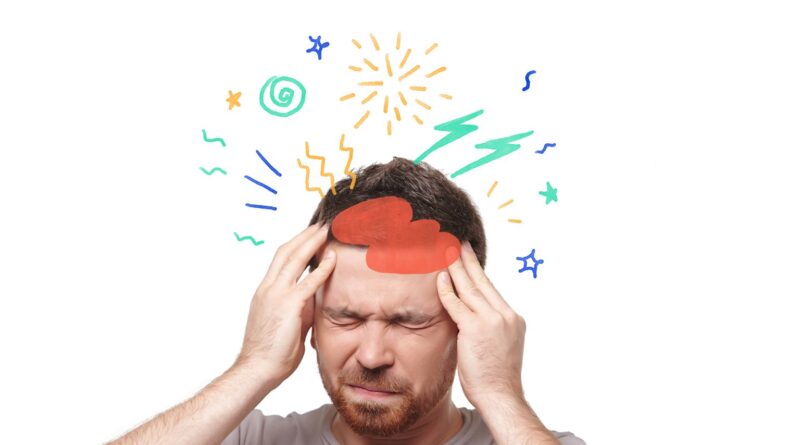
Headaches
Background Headaches
The International Headache Society (IHS) created a headache classification system (the International Classification of Headache Disorders, 3rd edition) which is considered the standard for diagnosis of all types of headaches. The third edition was published in January of 2018, thirty years after its first publication in 1988. The three classifications are: primary headaches, secondary headaches and painful cranial neuropathies, and other facial pains and other headaches. See the description for these chronic headache types along with diagnostic criteria below in Practice Guidelines and Position Statements.
Chronic Migraine
Chronic migraine is believed to affect 2 percent of the world population. It is defined by having 15 or more headache days a month lasting at least 4 hours per day for more than 3 months. Chronic migraines occur more often in women and may be accompanied by sensitivity to light or sound along with nausea and/or vomiting.
Chronic Tension-Type Headache
Chronic tension-type headaches are episodic occurring on 15 or more days a month for over 3 months, lasting hours or days, and may be unremitting. They usually occur on both sides of the head and are described as a pressing or tightening feeling around the head.
Chronic Cluster Headache
Chronic cluster headaches are rare and classified as one of the trigeminal autonomic cephalalgias (TACs). They usually occur on one side of the head around one eye or temple, have a sudden onset, and are generally severe and intense, lasting for minutes or several hours at a time, over a year or longer without remission. These headaches occur more frequently in men. The cause is unknown. Common descriptors used to describe the headaches are “excruciating,” “feeling like an ice pick is being driven through my eye,” or “explosive.” Common symptoms that accompany the headaches: coming on just as a person goes to sleep, tearing in the affected eye, drooping eyelid of the affected eye, and experiencing nasal stuffiness or a runny nose.
Cervicogenic Headache
Cervicogenic headache is considered a secondary headache where headache pain is referred from bony structures or soft tissues of the neck. Involvement of the C2-3 zygapophyseal joint is the most frequent source of cervicogenic headache in up to 70 percent of cases. Cervical range of motion may be reduced and the headache may be made worse with certain movements of the neck or when pressure is applied to certain spots in the neck. The diagnosis may be confirmed with two anesthetic blocks of the suspected pain generator, performed at different times, and associated with pain relief that is in keeping with the anesthetic used.
Occipital Neuralgia
Occipital neuralgia is a rare type of headache described as short bursts of stabbing, throbbing, or shooting pain in the upper neck which spreads to the back of the head and is transmitted by the occipital nerves, usually to only one side of the head. It commonly develops spontaneously, with a sudden onset, and may also be accompanied by decreased or abnormal sensation in the affected area. There are generally no neurologic deficits found on exam, but there may be tenderness over the affected nerve branches when palpated. The exact pathophysiology is unknown. One theory is that it may arise from injury to the C2-C3 nerve roots and/or occipital nerves via entrapment, trauma (such as whiplash), or inflammation. Diagnosis is generally confirmed when pain relief is obtained by a local anesthetic block to the occipital nerves.
Persistent Idiopathic Facial Pain (PIFP)
Persistent idiopathic facial pain (PFIP), previously known as atypical facial pain, is characterized by persistent facial and/or oral pain recurring daily for 2 hours or more per day for greater than 3 months. There is no associated clinical neurological deficit. Most cases are seen in women. The pain is commonly felt around the mouth or chin but is generally poorly localized and does not follow the distribution of a peripheral nerve. The pain is possibly thought to be related to injury to the face, teeth, or gums. It is described as dull, aching, or of a nagging quality. It is generally a diagnosis of exclusion.
How Are Headaches Treated?
For many types of headaches, over-the-counter pain medications, massage, and simple stress-management techniques can significantly improve your condition. However, patients with chronic headaches may need to pursue treatment in order to achieve their desired level of relief. At Alimran medical Center, we may recommend one of the following treatments for headaches:
Chiropractic
Steroid injection
- Trigger point injections
- Epidural steroid injections
- Transforaminal injections
Ozone injection
Prolotherapy
